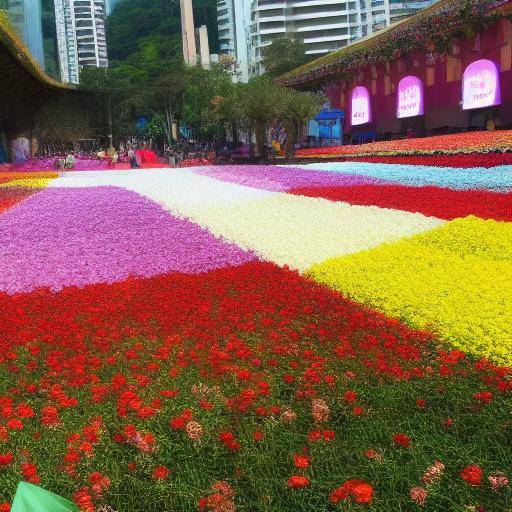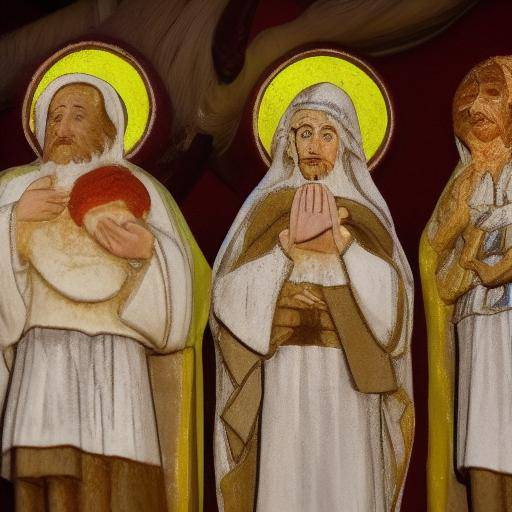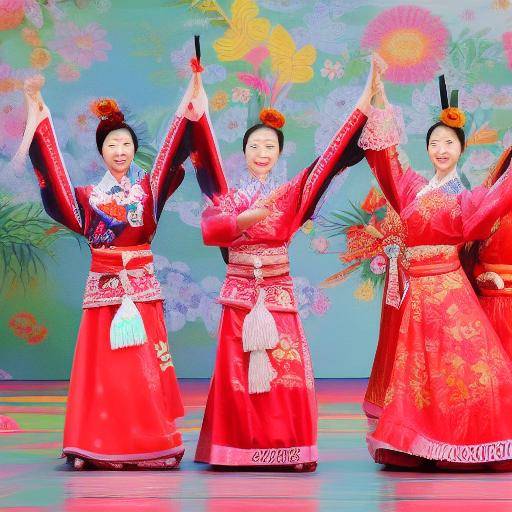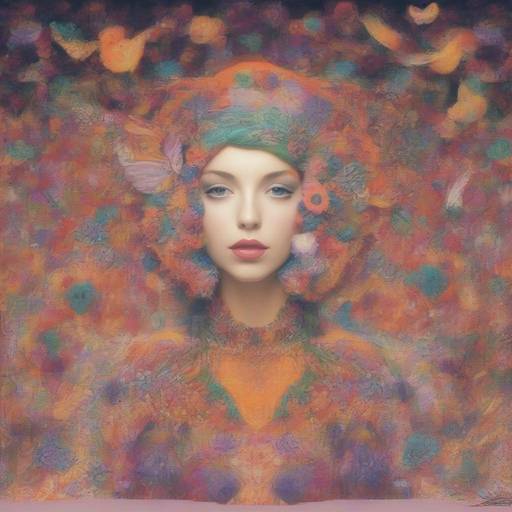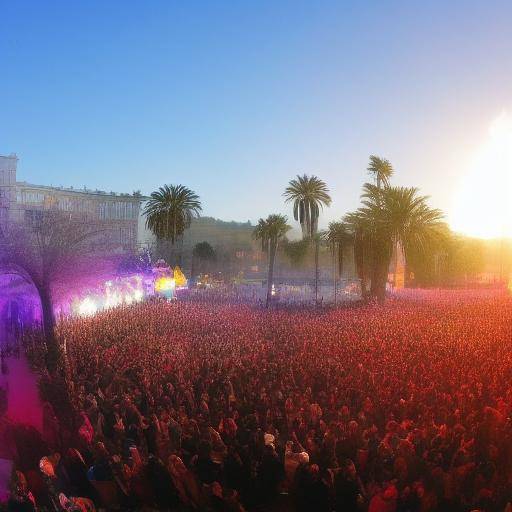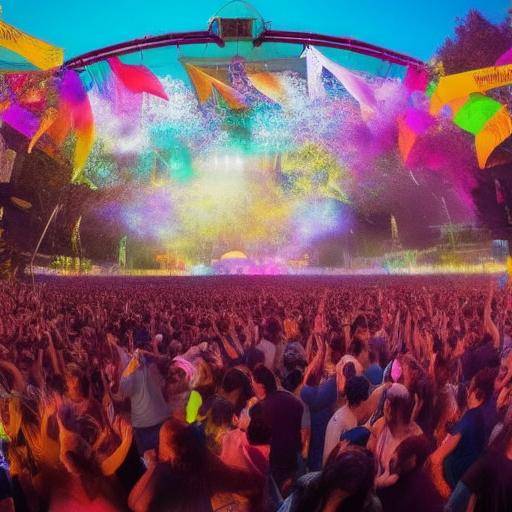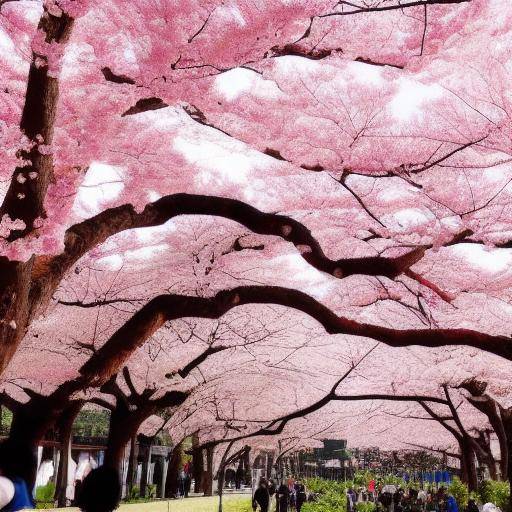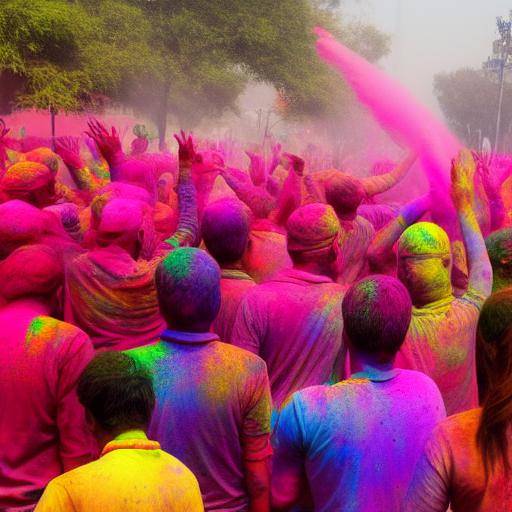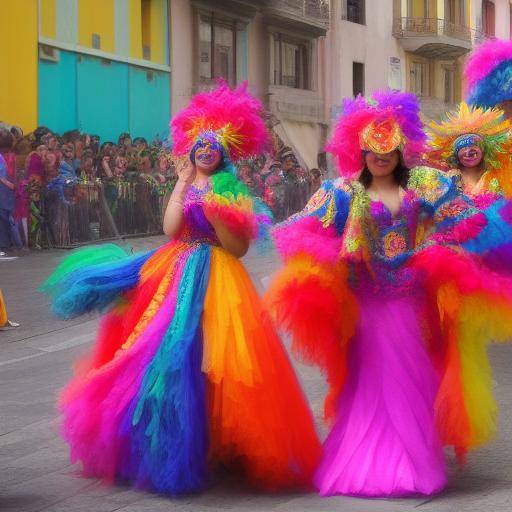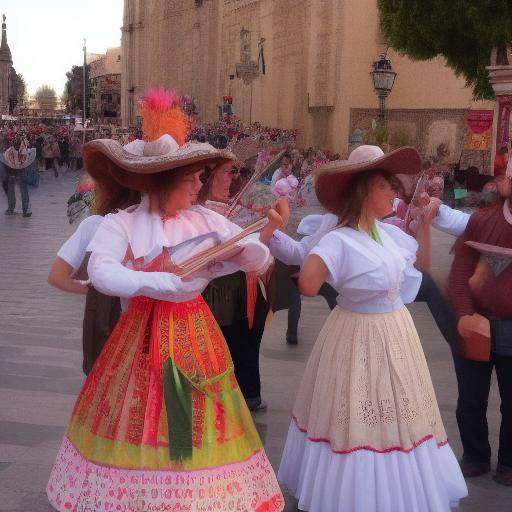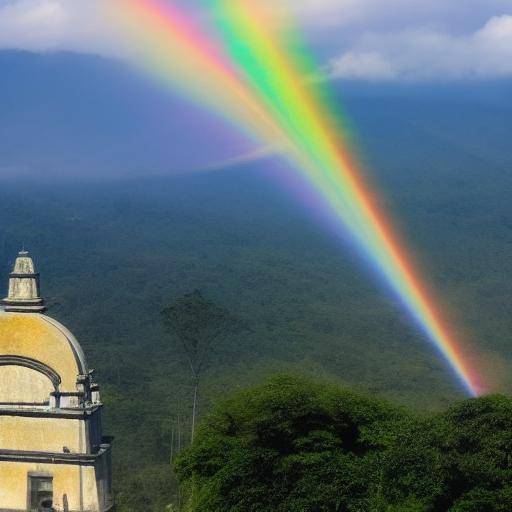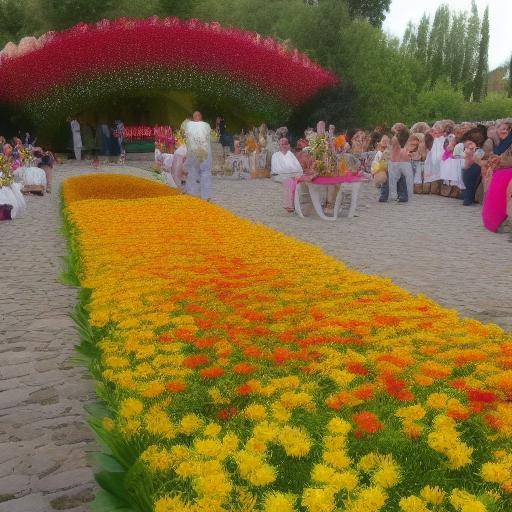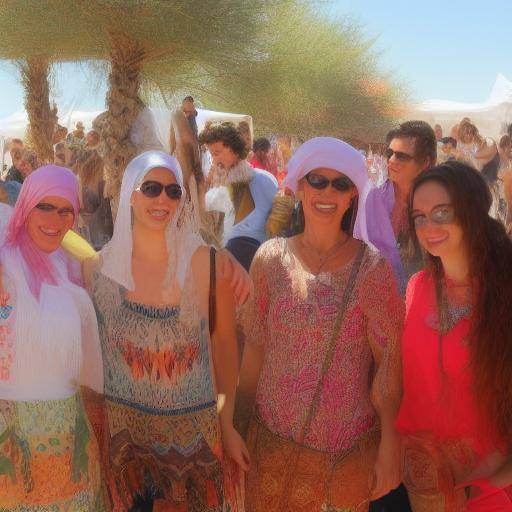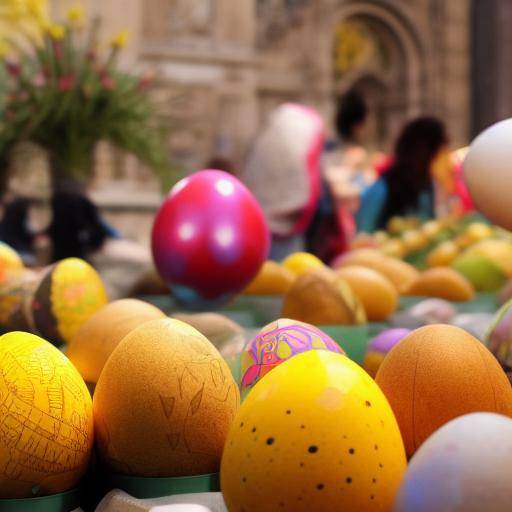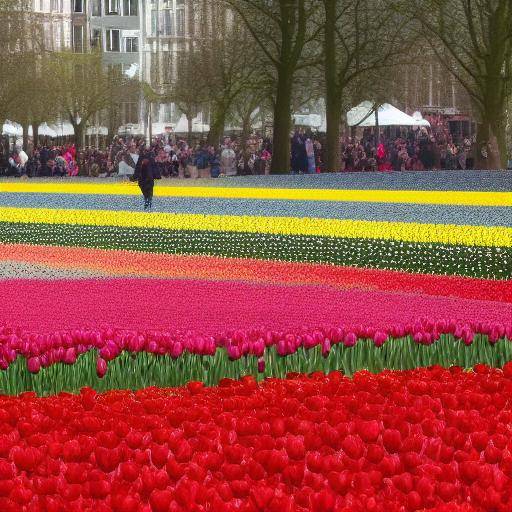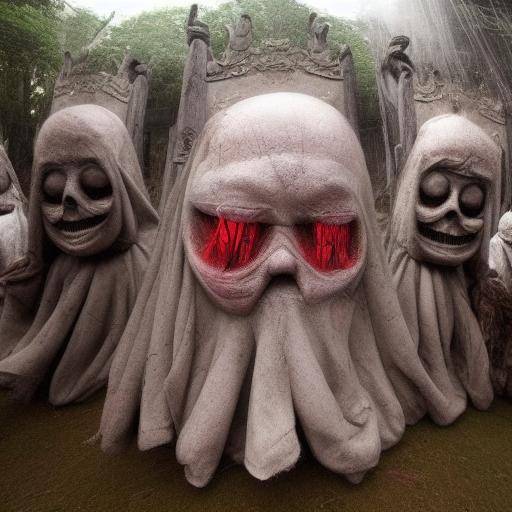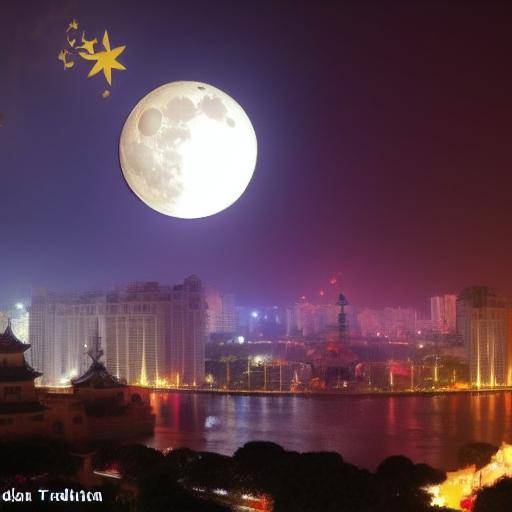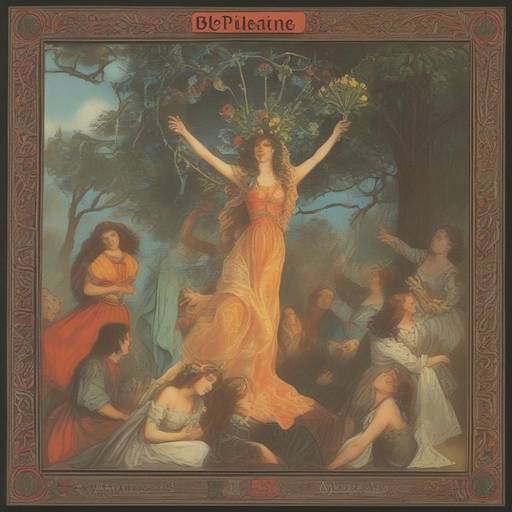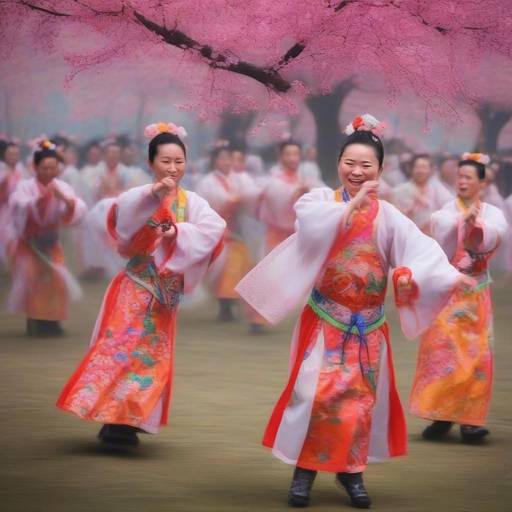
The arrival of spring in China marks the beginning of one of the country's greatest and most significant festivals: the Spring Festival. Also known as the Festival of the Moon or the Chinese New Year, this festival is a celebration full of color, tradition and symbolism. In this article, we will explore in detail the celebrations and traditions that make the Spring Festival a special occasion in Chinese culture. From its history and meaning to associated practices and customs, we will discover what makes this festival so shocking and unique.
Introduction to the Spring Festival in China
Celebrating the Renaissance: The Spring Festival, known as "Chunjie" in Chinese, is a festival that commemorates the arrival of spring and marks the beginning of a new year on the Chinese lunar calendar. This celebration is imbued with symbolism, representing renewal, hope and good fortune.
What you will learn in this article: Throughout this exploration, we will unravel the rich history and traditions rooted in the Spring Festival. We will learn about old customs and modern practices that make this holiday an unforgettable cultural experience. In addition, we will analyze the spring holidays in China, comparing and contrasting the different celebrations in various regions of the country.
History and Background of the Spring Festival
The history of the Spring Festival dates back thousands of years, with deep roots in China's ancestral beliefs and customs. During this section, we will explore the evolution of the festival over time, from its origins to its relevance in contemporary society.
Ancient Origins: The Spring Festival has its roots in the religious and agricultural practices of ancient China. It was believed that the celebration helped to remove evil spirits and attract fortune for the coming year. The rituals and traditions associated with the festival reflect a unique symbiosis between spiritual practices and cultural wisdom accumulated over the centuries.
Historical Transformations: Over the years, the Spring Festival has experienced various transformations, influenced by political, social and cultural changes in China. From its connection to the Shang dynasty to its reflection in the modern era, this festival has witnessed numerous avatars that have made it the cultural event it is today.
Profound Analysis of the Spring Festival
In this section, we will dive deeper into the spring holidays in China, examining different aspects of the celebration. From entrenched customs to contemporary practices, this section offers a detailed view of how the Spring Festival lasts in today's society.
Regional holidays: Despite having a common base, spring holidays have distinctive regional nuances in China. For example, the elaborate lion dance in southern China contrasts with the fascinating dragon dance in the north. We will explore these regional variations and their importance in preserving local traditions.
The Year of the Zodiacal Animal: During the Spring Festival, the change of animal from the Chinese zodiac is celebrated. Each year it is associated with a specific animal and it is believed that people born in that year share characteristics with that animal. We will analyze the cultural and social influence of this belief rooted in the holidays.
Comprehensive Review of Spring Celebrations in China
In this section, we will deepen the practice and application of the spring holidays in the daily life of the Chinese. From food customs to spiritual practices, this comprehensive exploration will shed light on the relevance of the Spring Festival in contemporary Chinese society.
Costumes and Traditions: During the Spring Festival, families meet to enjoy traditional meals, such as the "Jiaozi" (dumplings) and the "Nian Gao" (rice table). We will investigate the importance of these meals and how they are linked to superstitions and beliefs of good luck.
Spiritual Practices and Superstitions: In addition to family meetings, the Spring Festival is marked by a series of spiritual practices and superstitions. From the thorough cleaning of the homes to offerings to the gods, we will explore how these practices form an integral part of the festival.
Comparative Analysis of Spring Festival, Spring Festivals and China
In this section, we will compare and contrast the Spring Festival with other spring festivals in China. By exploring these festivals in different regions and their relationship with the Spring Festival, we will get a more comprehensive view of the country's cultural diversity.
Regional Spring FestivalsChina is a vast and diverse country, and as such it hosts a variety of spring festivals that vary according to the regions. We will compare the Spring Festival with festivals such as Qingming Jie (Festival of Purity and Lightness) and the Dragon Boat Festival, exploring how each celebration reflects the unique traditions and heritage of its region.
Variances and Similarities: We will examine the similarities and differences in practices and customs between the Spring Festival and other spring festivals in China. Through this comparison, the regional variations and distinctive cultural influences that shape these festivities will be highlighted.
Practical Tips and Accessible Recommendations
As we approach the closure of the article, we will provide practical advice and recommendations for those who wish to participate in the Spring Festival and experience the rich Chinese culture.
Participation in the holidays: For those who wish to participate in the Festival de la Primavera, we will offer useful advice on how to get involved in traditional practices and enjoy the festive experience in an authentic way.
Preserving Traditions: Given cultural and social change in contemporary China, we will provide recommendations on how to preserve and appreciate the traditions of the Spring Festival, fostering greater understanding and respect for Chinese culture.
Conclusion
In conclusion, the Spring Festival in China is a fascinating and meaningful celebration that reflects the country's rich cultural heritage. Throughout this article, we have explored the history, traditions and practices associated with this festival, offering the reader a profound and complete vision of the impact of the Spring Festival on Chinese society.
Finally, the Spring Festival and the spring holidays in China witness the continuity and evolution of Chinese culture, keeping alive the country's rich tradition. We hope that this exploration has enriched its understanding of the Spring Festival and inspired it to explore further the wonders of Chinese culture.
Frequently asked questions
When is the Spring Festival held in China?
The Spring Festival, also known as the Chinese New Year, is celebrated the first day of the first month of the Chinese lunar calendar, which generally falls between the end of January and mid-February on the Gregorian calendar.
What are some of the traditions of the Spring Festival in China?
Among the most common traditions of the Spring Festival are family meetings, decoration with red lanterns, dragon and lion dance, and the elaboration and consumption of traditional dishes such as dumplings.
###What is the meaning of the Chinese zodiac animal associated with each year? Each Chinese zodiac animal represents specific features and qualities. For example, the year of the dragon is associated with fortune and power, while the year of the rabbit symbolizes kindness and elegance.
How do families prepare for the Spring Festival?
Chinese families are preparing for the Spring Festival by cleaning their homes thoroughly, buying auspicious items and preparing traditional food for New Year's Eve dinner.
What are some of the regional spring holidays in China?
In addition to the Spring Festival, some regional spring festivals in China include Qingming Jie (Festival of Purity and Lightness) and the Dragon Boat Festival, each with their own unique traditions and practices.
How can foreigners participate in the festivities of the Spring Festival in China?
Foreigners visiting China during the Spring Festival can participate in public festivals, enjoy cultural shows and parades, and experience the rich culinary and artistic heritage of the festival.
What is the importance of the Spring Festival in contemporary Chinese culture?
The Spring Festival continues to play a significant role in contemporary Chinese culture by bringing families together, promoting traditions and strengthening community ties, as well as marking the start of a new auspicious year.
With these detailed answers to the frequent questions, we hope to have provided a complete understanding of the various facets of the Spring Festival and the spring festivities in China.
In short, the Spring Festival in China is a celebration of deep meaning and rooted in a rich cultural history. From its ancient origins to its influence in contemporary society, this festival symbolizes renewal, family unity and hope for the future. By understanding and appreciating the traditions and customs associated with the Spring Festival, we can experience the richness and beauty of Chinese culture in its maximum splendour.

